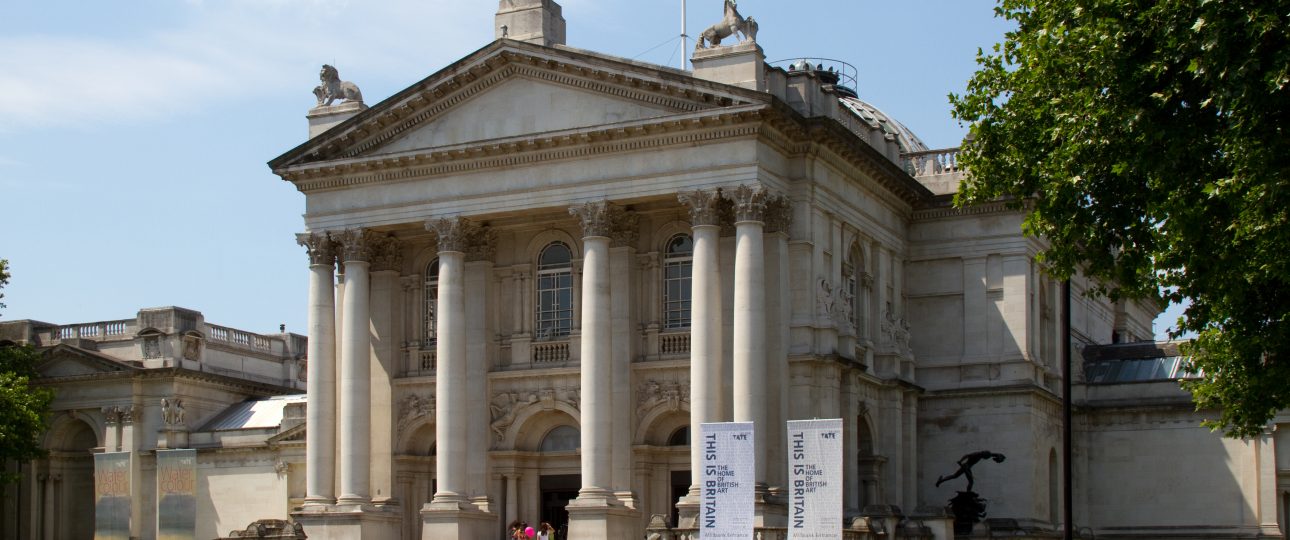Exploring Tate Modern: A Contemporary Art Landmark
Located along the River Thames in London, Tate Modern is a dynamic center for modern and contemporary art. Since its opening in 2000, this museum has been housed in the former Bankside Power Station, a building originally designed by Sir Giles Gilbert Scott. The transformation of this industrial site into a cultural hub has made Tate Modern a significant player in the art world, attracting millions of visitors each year.
A Brief History of Tate Modern
The Bankside Power Station, constructed between 1947 and 1963, ceased operations in 1981. After years of debate over its future, the Tate Gallery announced in 1994 that the site would become the new home for modern art. Architects Herzog & de Meuron were selected to lead the conversion, which began in 1995 and was completed in 2000. The museum was officially opened by the Queen on May 11, 2000, and quickly became a popular destination, drawing over five million visitors in its first year alone.
Architectural Highlights
The architecture of Tate Modern is as compelling as the art it showcases. The museum retains much of the power station’s industrial character, including the expansive Turbine Hall, which hosts large-scale installations. The building’s design, with its minimalist aesthetic and dramatic spaces, provides a striking backdrop for the diverse artworks on display.
What Makes Tate Modern Unique
Tate Modern stands out for its commitment to accessibility and engagement with art. Here are some features that enhance the visitor experience:
- Diverse Collection: The museum houses over 70,000 works, including pieces by Pablo Picasso, Andy Warhol, and Damien Hirst.
- Dynamic Exhibitions: Regularly changing exhibitions explore various themes and movements, ensuring fresh experiences for visitors.
- Interactive Spaces: Programs, workshops, and guided tours encourage interaction and cater to all ages.
- Free Admission: Access to the permanent collection is free, making art accessible to a wide audience.
Visiting Tate Modern: Practical Information
Best Time to Visit
For a more relaxed experience, visit during weekdays, especially from Tuesday to Thursday. Arriving early in the morning or later in the afternoon can also help avoid crowds. Be mindful of special exhibitions, which can attract larger numbers of visitors.
Opening Hours
Tate Modern is open daily from 10:00 AM to 6:00 PM, with extended hours until 10:00 PM on Fridays and Saturdays. It’s advisable to check the museum’s official website for any changes to opening hours or special events before your visit.
Getting There
London’s extensive public transportation system makes reaching Tate Modern straightforward:
- By Tube: The nearest underground stations are Blackfriars and Southwark, both within walking distance.
- By Bus: Several bus routes, including 45, 63, and 100, stop near the museum.
- By Train: Blackfriars station is the closest for those traveling from outside London.
- By Boat: A riverboat service along the Thames offers a scenic approach, with a stop at Tate Modern Pier.
Local Transportation
Once at Tate Modern, navigating London is easy. Use a Contactless payment card or an Oyster card for convenient travel on public transport. Walking along the Southbank provides stunning views and leads to other attractions like Shakespeare’s Globe and the London Eye.
Exploring the Collections
Tate Modern’s collection is organized into themes and movements, offering a comprehensive look at modern art. Highlights include:
Key Artists and Movements
- Surrealism: Featuring works by Salvador Dalí and Max Ernst.
- Abstract Expressionism: Showcasing the emotive power of artists like Jackson Pollock and Mark Rothko.
- Pop Art: Including vibrant pieces by Andy Warhol and Roy Lichtenstein.
- Installation Art: Known for large-scale installations by artists such as Olafur Eliasson and Ai Weiwei.
Notable Exhibitions
Tate Modern hosts high-profile exhibitions that draw art enthusiasts worldwide. Past exhibitions have included:
- Picasso 1932: Love, Fame, Tragedy – A deep dive into a pivotal year for Picasso.
- Mark Rothko – Focused on Rothko’s exploration of color and emotion.
- Rauschenberg: Among Friends – Celebrating the innovative spirit of Robert Rauschenberg.
Visitor Experience
Facilities and Amenities
Tate Modern offers several amenities to enhance your visit:
- Cafés and Restaurants: Enjoy refreshments with views of the Thames.
- Gift Shop: Find unique souvenirs and art-inspired gifts.
- Accessibility: The museum is fully accessible, with ramps and elevators available.
Guided Tours and Programs
The museum offers a variety of tours and educational programs:
- Family Tours: Interactive experiences designed for families.
- Specialized Tours: Expert-led tours focusing on specific themes or artists.
- Workshops: Hands-on activities for all ages to encourage creativity.
Tips for Your Visit
Maximize your visit to Tate Modern with these tips:
- Plan Ahead: Check the museum’s website for current exhibitions and events.
- Download the App: The Tate app provides information and audio guides.
- Take Your Time: Allow ample time to explore the extensive collections.
- Engage with Art: Staff are available to share insights and information about the artworks.
Conclusion
Tate Modern is a landmark of contemporary art, offering visitors an opportunity to engage with thought-provoking works in an inspiring setting. Whether you’re deeply passionate about art or simply curious, the museum provides a rich and rewarding experience. From its historical roots to its innovative exhibitions, Tate Modern is a testament to the evolving landscape of creativity.




